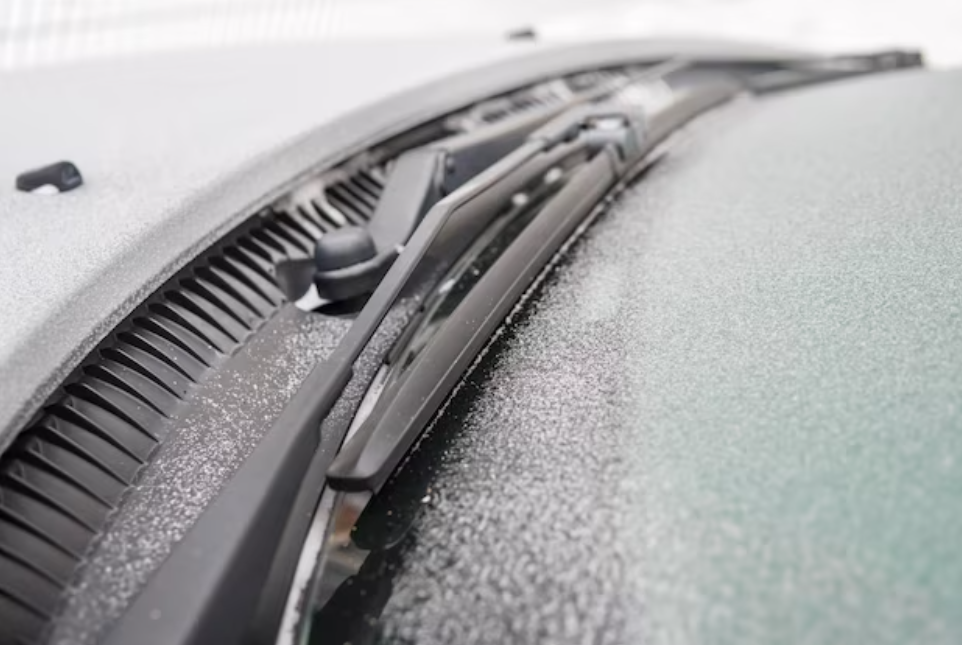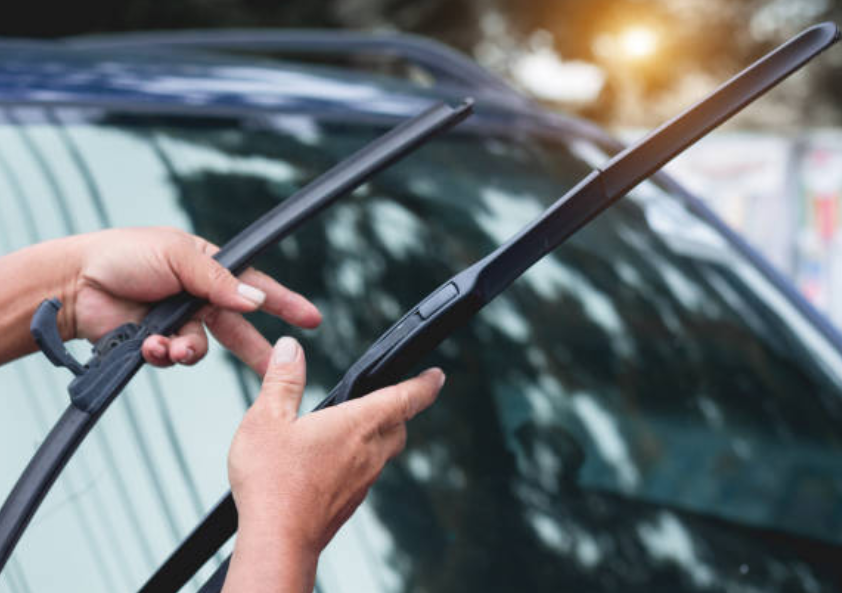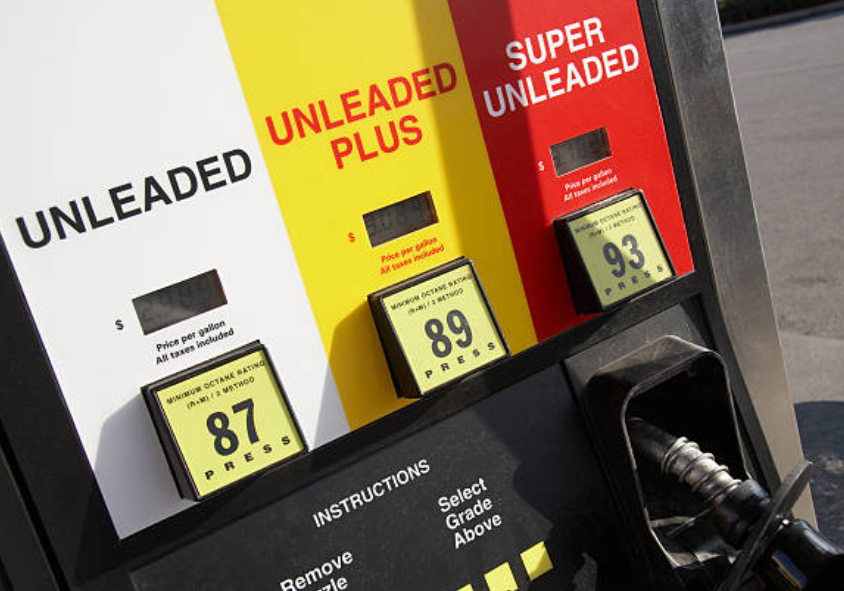Should You Leave Your Windshield Wipers Up or Down?
Residing in an area prone to winter snow and ice, the question of whether to position your windshield wipers up or down during a storm might have crossed your mind. This debate is familiar among drivers, and while there's no definitive answer, it's essential to weigh the pros and cons of each option and consider specific factors before reaching a decision.

Leaving the Wipers Up
Certain drivers choose to elevate their wiper blades from the windshield before impending snowfall or ice events. This practice aims to prevent the rubber blades from adhering to the glass, minimizing potential damage from ice scrapers and facilitating easier snow and ice removal without obstruction.
Recommended by some wiper manufacturers, like Rain-X, this approach is believed to shield the rubber blades from ice accumulation, potentially extending their lifespan. Organizations such as the American Automobile Association (AAA) assert that leaving wipers up doesn't weaken the springs, designed to endure such stress.
Nevertheless, drawbacks exist. Some argue that it might make the car appear unconventional, and there are safety concerns, as strong winds could dislodge or forcefully snap the wipers back onto the windshield, potentially causing cracks. Additionally, exposure to UV light and debris when left up may degrade the rubber blades over time, reducing pressure against the windshield and affecting wiper performance and visibility.

Other drivers prefer to keep their wiper blades down on the windshield, even when it snows or freezes. This can protect the blades from wind and debris, and keep them in their optimal position for wiping. It can also prevent the wipers from slamming onto the windshield, which can crack it or damage the mechanism.
However, there are some disadvantages to leaving the wipers down. The main one is that the rubber blades can freeze to the windshield, and be torn or damaged by the scraper. This can reduce the effectiveness of the wipers, and cause streaks or scratches on the glass. It can also make it harder to clear the windshield of snow and ice, as the wipers are buried under the precipitation.
Another problem is that leaving the wipers down can put stress on the springs, especially if the blades are heavy with snow or ice. This can weaken the springs over time, and reduce the pressure of the blades against the windshield.

Choosing the best option for your windshield wipers depends on factors like weather conditions, wiper blade type, and personal preference. Both leaving them up or down have pros and cons. Consider these tips:
- Check the weather forecast; lift wipers if snow or ice is expected.
- Use a windshield cover or tarp for protection, securing it properly.
- Apply de-icer or use a warm cloth for gentle ice removal.
- Regularly replace wiper blades, opting for winter blades for snow resistance.
- Clean your windshield and blades often with a mild soap solution, avoiding abrasive or alcohol-based cleaners.
-
Can I use hot water to remove ice from my windshield and wiper blades?
It's not recommended. Hot water can crack the windshield or wiper mechanism. Instead, use a de-icer spray or a warm cloth for gentle ice removal.
-
How often should I replace my wiper blades?
It's advisable to replace wiper blades at least once a year or more frequently if signs of wear and tear appear. Regular maintenance ensures optimal performance.
Read more review here: Top 10 Mini Coolers For Every Occasion
















